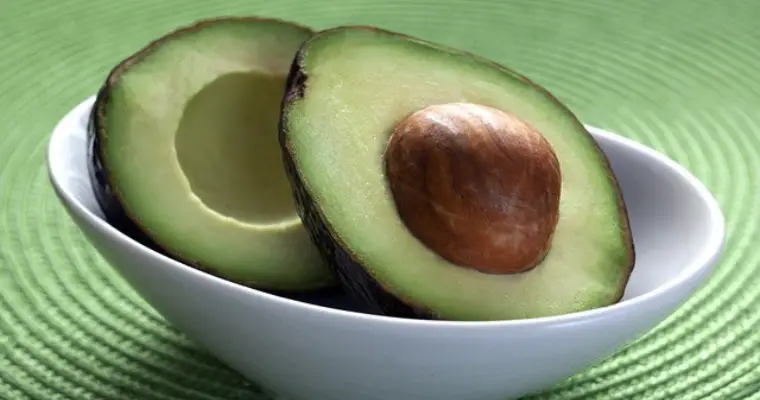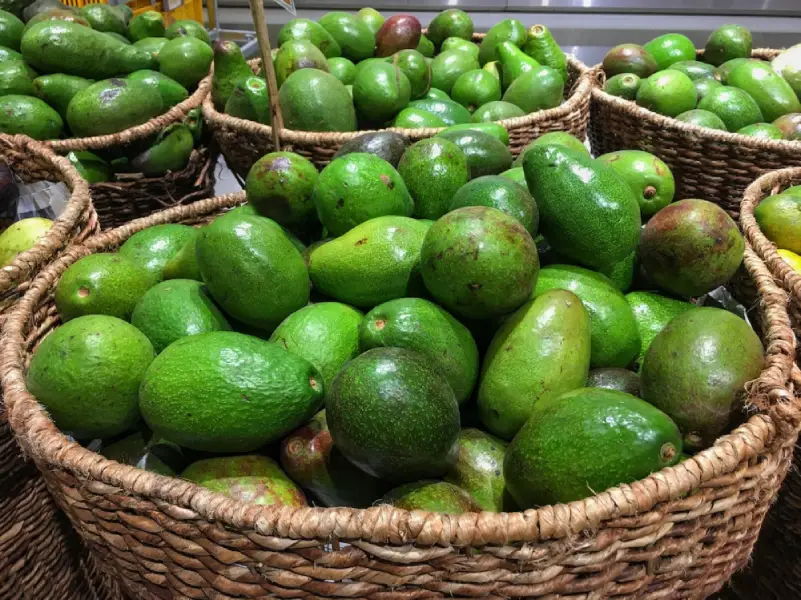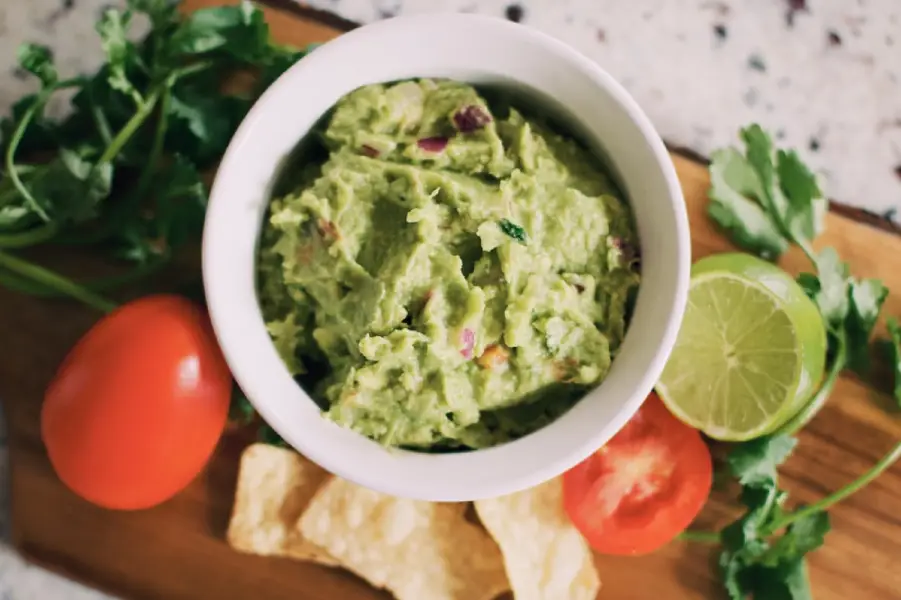Interesting Facts about Avocados

Welcome to our journey through the Interesting Facts about Avocados.
The creamy and nutritious superfruit that has captured the hearts and taste buds of people around the globe.
In this comprehensive guide, we’ll look into the origin, history, and all you need to know about avocados.
Specifically, from their ancient Mesoamerican roots to their modern culinary prominence, avocados have a rich story to tell.
Nutritional and Health Powerhouse:
Avocados are a nutritional powerhouse, boasting healthy monounsaturated fats, fiber, and an array of essential vitamins and minerals.
Furthermore, people have long recognized these nutrient-packed green gems for their ability to support overall health and well-being.
Avocado consumption links to improved heart health, weight management, and reduced inflammation. Their high potassium content supports blood pressure regulation and muscle function.
Culinary Evolution:
Early exploration and trade routes introduced avocados to the wider world, albeit with initial reluctance.
Fast forward to today, avocados has become a global sensation adorning plates from Europe to Asia, beloved for their taste, nutrition, and versatility.
Origin and History of Avocado:
Avocado is scientifically known as Persea americana, is believed to have originated in south-central Mexico.
Specifically in the region that includes parts of Puebla and Veracruz.
One of the oldest cultivated fruits in the Americas with a rich history dating back thousands of years.
Pre-Columbian Era:
Ancient Mesoamerican civilizations like the Olmec, Zapotec, and Maya began cultivating the fruit, tracing avocado’s cultivation history back to around 5000 BCE.
They referred to avocados as “ahuacatl,” which translates to “testicle” in the Aztec language, possibly due to the fruit’s shape.

Aztecs and the Avocado:
The Aztecs held avocados in high regard.
They used them to make a variety of dishes, including a precursor to modern-day guacamole.
Avocado seeds were even used for regrowth and medicinal purposes.
European Introduction:
When Spanish conquistadors arrived in the Americas in the early 16th century, they encountered avocados and brought them back to Europe.
However, the fruit was initially met with resistance in Europe due to its unusual appearance and taste. It wasn’t until the 18th century that avocados gained wider acceptance in Europe.
Avocados in the United States:
Avocado cultivation began in the United States in the late 19th century, primarily in California.
They discovered that the state’s climate was well-suited for avocado production, leading it to become a major center for avocado farming.
Avocados in the Hawai’i:
Hawai’i boasts 7 commonly grown avocados, with Kahalu’u a highly favored variety.
At the Plantaful Life Garden we grow the Lamb Hass avocado a hybrid variety. It is a cross between two other avocado varieties, the Hass and the Gwen.
Avocado Today:

Today, many countries with suitable climates cultivate avocados.
Mexico continues to hold the title of the largest producer and exporter of avocados worldwide.
Futhermore, the fruit’s popularity has skyrocketed worldwide, thanks to its versatility in both culinary and dietary applications.
It has become a staple in various cuisines and a symbol of healthy eating.
In summary, ancient Mesoamerican cultures deeply intertwined avocado’s history, and it has evolved over thousands of years into the beloved and versatile fruit we enjoy today.
Botanical Classification:
In botanical terms, a fruit is the mature ovary of a flowering plant, typically containing seeds.
Avocado fits this definition as it develops from the flowering of an avocado tree and contains a large seed inside.
Specifically, Avocados belong to the drupe family, in the subcategory known as “berries.”
A drupe is a type of fruit that has a hard, woody endocarp (the innermost part of the fruit surrounding the seed) surrounding a single seed.
So, from a botanical perspective, we consider avocados a type of berry that falls within the drupe family.
Common Types of Avocados:
There are various avocado varieties available, each with its unique flavor and characteristics.
Common types commercially available today include:
Hass Avocado: The Hass avocado is the most popular and recognizable variety globally.
It has a distinctive pebbly skin that changes from green to purplish-black as it ripens.
The creamy flesh is perfect for guacamole and a variety of culinary dishes.
Fuerte Avocado: Fuerte avocados are known for their smooth, medium-thin skin and pear-like shape.
Highlighted by a creamy texture and a slightly nutty flavor and often used in salads, sandwiches, and spreads.
Bacon Avocado: Bacon avocados are oval-shaped and have a smooth, thin skin.
Known for their light, buttery flavor and are commonly used in salads and sandwiches.
Zutano Avocado: Zutano avocados are pear-shaped and have a glossy, light green skin.
With a mild, slightly watery flesh and are often used in recipes that call for diced or sliced avocados.
Reed Avocado: Reed avocados are large and round with a pebbly skin.
They have a creamy, buttery texture and a slightly nutty flavor. These avocados are excellent for slicing and adding to sandwiches and salads.
Pinkerton Avocado: Pinkerton avocados are elongated and have a smooth, thin skin.
Known for their rich, nutty flavor and creamy texture and can be used in various culinary applications.
Avocados Worldwide:
People around the world cultivate countless avocado varieties, each showcasing its unique taste, appearance, and texture.
However, the exact number of avocado varieties can be challenging to determine precisely due to regional variations and the ongoing development of new cultivars.
Some estimates suggest there are over 1,000 avocado varieties worldwide.
Experiment with many different varieties to discover your favorite.
Incorporating Avocados into Your Diet:
Avocado Toast: Spread ripe avocado on whole-grain toast, topped with a sprinkle of salt and pepper for a simple, nutritious breakfast.
Salads: Add sliced or diced avocado to salads for creaminess and extra nutrients.
Smoothies: Blend avocado with fruits and leafy greens to create a creamy, nutritious smoothie.
Desserts: Blend avocado with banana, cacao and soy milk for a delicious, creamy sweet treat. Check out our Best Avocado Chocolate Mousse >recipe<
Guacamole: A favorite WFPB snack, guacamole is quick and easy to make.
Our Simple Homemade Guacamole >recipe<

Choosing the Perfect Avocado:
Select avocados that yield slightly to gentle pressure when squeezed. In other words, avoid overripe or overly firm ones. A ripe avocado should have a creamy texture.
Ripening Hacks:
If you need to ripen avocados quickly, place them in a paper bag with a ripe banana or apple. These fruits release ethylene gas, which accelerates the ripening process.
Storage Tips:
To keep avocados fresh, store them at room temperature until ripe. Once ripe, refrigeration can extend their shelf life for a few extra days.
Closing Thoughts:
As we conclude our interesting facts about avocados, we hope you’ve gained a deeper appreciation for this remarkable fruit’s rich history and its place in today’s culinary landscape.
Moreover, incorporating avocados into your diet offers not only health benefits but also endless culinary possibilities.
In addition, whether you enjoy them in a savory guacamole, a creamy smoothie, or as a simple toast topper, avocados are a delicious and versatile addition to your plant-based lifestyle.
Embrace the avocado’s versatility and savor its creamy goodness while supporting your well-being and adding a touch of ancient tradition to your modern-day meals.
So, go ahead, enjoy avocados, and let their vibrant history and nutritional value enrich your Whole Food Plant-Based journey!
Be sure to sign up for your > Free 12 Tips Food Guide <
Please leave us a comment if you enjoyed our exploration of the Interesting Facts about Avocados and the ways you can incorporate into your life.
Cheers,
Plantaful Life Team
Disclaimer: The information shared in this blog post and on our website is for educational and informational purposes only. We are here to inspire and support you on your plant-based journey. However, always prioritize your health and consult with your trusted healthcare provider for personalized advice. By using our website, you acknowledge and agree that you have read and understood this medical disclaimer. Additionally, you acknowledge the significance of seeking professional medical advice for your specific health needs.
References:
Cleveland Clinic
Can You Eat Too Much Avocado? – Cleveland Clinic
WebMD
Health Benefits of Avocados (webmd.com)